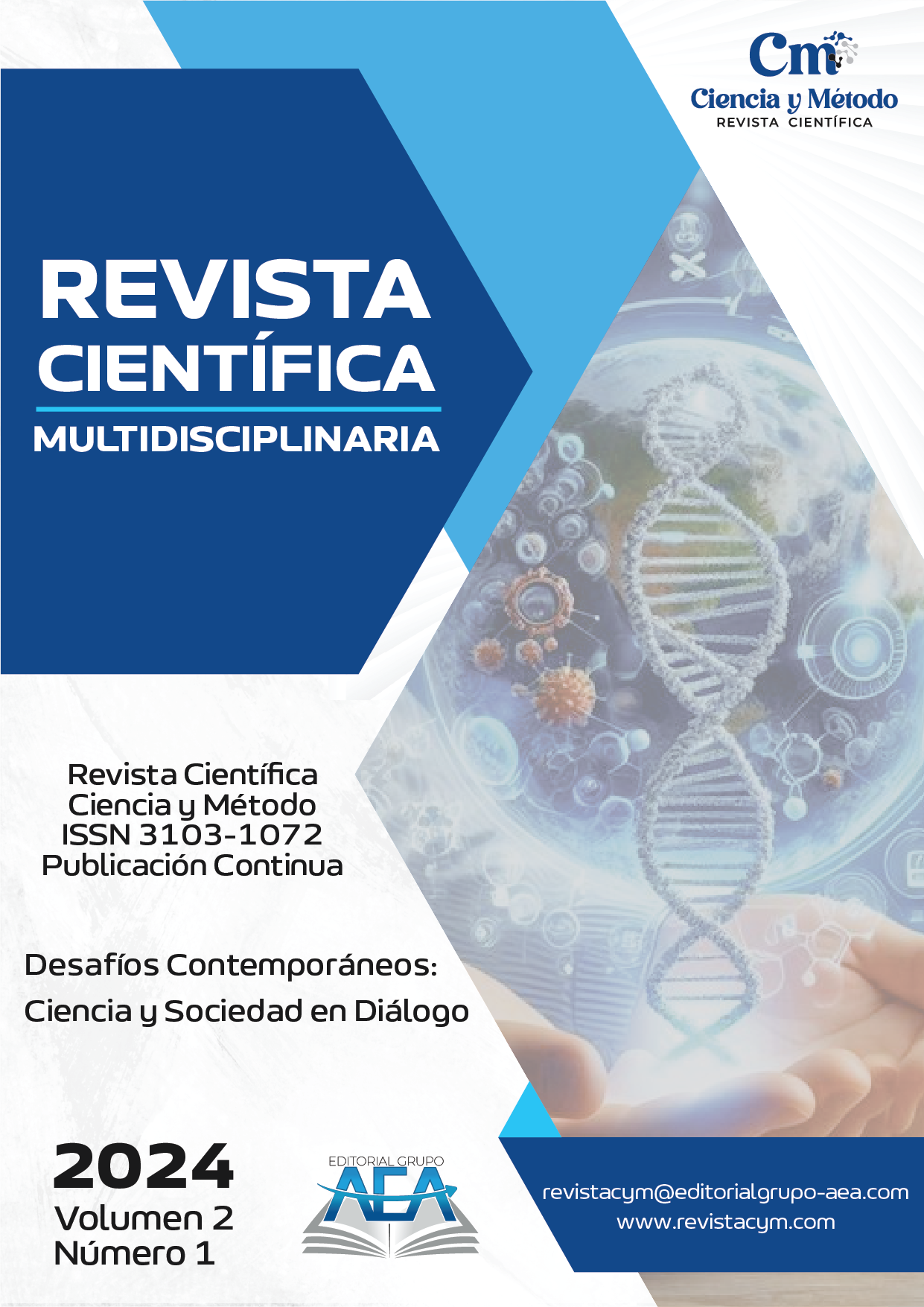Evaluation of sustainable materials in urban pavement construction
Main Article Content
Abstract
The increasing environmental pressure for the use of non-renewable resources in urban infrastructure has motivated the critical analysis of sustainable materials for urban pavements. This study employed a qualitative systematic literature review methodology, evaluating research on recycled materials and low-impact construction technologies. Urban and industrial wastes - such as plastics, rubber, glass and construction waste - and environmentally friendly additives were identified as the most promising, highlighting their ability to improve mechanical properties, durability and environmental performance. Technologies such as tempered asphalt and bio-based binders showed significant reductions in emissions and energy consumption. In addition, it was shown that the incorporation of nanomaterials enhances resistance to fatigue, moisture and aging. However, technical, regulatory and acceptance barriers persist, limiting their large-scale implementation. The study concludes that these solutions represent a robust and viable alternative, although their consolidation requires technical validation in the field, updated regulatory frameworks and multisectoral cooperation.
Downloads
Article Details
Section

This work is licensed under a Creative Commons Attribution-NonCommercial 4.0 International License.
How to Cite
References
Arabani, M., & Pedram, M. (2016). Laboratory investigation of rutting and fatigue in glassphalt containing waste crumb rubber. Construction and Building Materials, 116, 378–383. DOI: https://doi.org/10.1016/j.conbuildmat.2016.04.105
Astudillo-Martínez, W. J., Andrade-Bravo, A. G., García-Valdez, J.-D., & Almenaba-Guerrero, Y. F. (2023). Un Análisis Científico del Ruido Ambiental y Laboral en Sectores Urbanos. Editorial Grupo AEA. https://doi.org/10.55813/egaea.l.2022.50 DOI: https://doi.org/10.55813/egaea.l.2022.50
Bahia, H. U., Faheem, A., Al-Qadi, I. L., Elseifi, M. A., & Yang, S. H. (2020). Engineering properties and performance of asphalt mixtures modified with crumb rubber and waste plastic. Transportation Research Record, 2674(8), 352–364.
Batayneh, M., Marie, I., & Asi, I. (2007). Use of selected waste materials in concrete mixes. Waste Management, 27(12), 1870–1876. https://doi.org/10.1016/j.wasman.2006.07.026 DOI: https://doi.org/10.1016/j.wasman.2006.07.026
Chicaiza-Ortiz, C. D., Rivadeneira-Arias, V. del C., Herrera-Feijoo, R. J., & Andrade, J. C. (2023). Biotecnología Ambiental, Aplicaciones y Tendencias. Editorial Grupo AEA. https://doi.org/10.55813/egaea.l.2022.25 DOI: https://doi.org/10.55813/egaea.l.2022.25
Chopra, D., Siddique, R., & Kunal. (2015). Strength, permeability and microstructure of self compacting concrete containing rice husk ash. Biosystems Engineering, 130, 72–80. https://doi.org/10.1016/j.biosystemseng.2014.12.005 DOI: https://doi.org/10.1016/j.biosystemseng.2014.12.005
D’Angelo, J., Harm, E., Bartoszek, J., Baumgardner, G., Corrigan, M., Cowsert, J., ... & Prowell, B. (2008). Warm-mix asphalt: European practice. Report No. FHWA-PL-08-007. U.S. Department of Transportation. https://international.fhwa.dot.gov/pubs/pl08007/pl08007.pdf
Giani, M. I., Dotelli, G., Brandini, N., & Zampori, L. (2015). Comparative life cycle assessment of asphalt pavements using reclaimed asphalt, warm mix technology and cold in-place recycling. Resources, Conservation and Recycling, 104, 224–238. https://doi.org/10.1016/j.resconrec.2015.08.006 DOI: https://doi.org/10.1016/j.resconrec.2015.08.006
Jassim, A. K., Abbas, A. A., & Mohd Sani, M. A. (2022). Performance evaluation of asphalt binder modified with nano materials: A review. Construction and Building Materials, 314, 125658.
Kök, B. V., & Çolak, H. (2011). Laboratory comparison of the crumb-rubber and SBS modified bitumen and hot mix asphalt. Construction and Building Materials, 25(8), 3204–3212. https://doi.org/10.1016/j.conbuildmat.2011.03.005 DOI: https://doi.org/10.1016/j.conbuildmat.2011.03.005
Kumi-Larbi, A., Yunana, D., Kamsouloum, P., Webster, M., Wilson, D. C., Cheeseman, C., & Imbabi, M. (2018). Recycling waste plastics in developing countries: Use of low-density polyethylene water sachets to form plastic bonded sand blocks. Waste Management, 80, 112–118. https://doi.org/10.1016/j.wasman.2018.09.003 DOI: https://doi.org/10.1016/j.wasman.2018.09.003
Li, X., Bai, S., Wang, Y., Zhang, Z., & Yu, L. (2020). Environmental sustainability of asphalt pavements containing recycled rubber: A review. Journal of Cleaner Production, 247, 119557.
Modarres, A., & Hamedi, H. (2014). Effect of waste plastic bottles on the stiffness and fatigue properties of modified asphalt mixes. Construction and Building Materials, 61, 8–15. https://doi.org/10.1016/j.matdes.2014.04.046 DOI: https://doi.org/10.1016/j.matdes.2014.04.046
Mohajerani, A., Vajna, J., Cheung, T. H. H., Kurmus, H., Arulrajah, A., & Horpibulsuk, S. (2017). Practical recycling applications of crushed waste glass in construction materials: A review. Construction and Building Materials, 156, 443–467. https://doi.org/10.1016/j.conbuildmat.2017.09.005 DOI: https://doi.org/10.1016/j.conbuildmat.2017.09.005
Paranavithana, S., & Mohajerani, A. (2006). Effects of recycled concrete aggregates on properties of asphalt concrete. Resources, Conservation and Recycling, 48(1), 1–12. DOI: https://doi.org/10.1016/j.resconrec.2005.12.009
Ruiz-Sanchez, C. I., Herrera-Feijoo, R. J., Guamán-Rivera, S. A., & Fernández-Vélez, C. V. (2023). Enfoque innovador en el diseño de revestimientos para cunetas: material compuesto de polímeros reciclados. In Sinergia Científica: Integrando las Ciencias desde una Perspectiva Multidisciplinaria (pp. 49–66). Editorial Grupo AEA. https://doi.org/10.55813/egaea.cl.2022.22 DOI: https://doi.org/10.55813/egaea.cl.2022.22
Shafabakhsh, G. H., Sajed, Y., & Azarhoosh, A. R. (2014). Performance evaluation of hot mix asphalt containing crumb rubber. Construction and Building Materials, 54, 312–320.
Silva, R. V., De Brito, J., & Dhir, R. K. (2014). Properties and composition of recycled aggregates from construction and demolition waste suitable for concrete production. Construction and Building Materials, 65, 201–217. https://doi.org/10.1016/j.conbuildmat.2014.04.117 DOI: https://doi.org/10.1016/j.conbuildmat.2014.04.117
Vargas-Fonseca, A. D., Borja-Cuadros, O. M., & Cristiano-Mendivelso, J. F. (2023). Introducción a la estructura ecológica principal del Distrito Capital y su región ambiental: Conceptos fundamentales, ordenamiento territorial e instrumentos jurídicos. Editorial Grupo AEA. https://doi.org/10.55813/egaea.l.2022.34 DOI: https://doi.org/10.55813/egaea.l.2022.34
Zaumanis, M., Gallego, J., & Partl, M. N. (2020). Review of bio-based rejuvenators in bitumen. Sustainability, 12(19), 7906. https://doi.org/10.3390/su12197906 DOI: https://doi.org/10.3390/su12197906
Zhang, J., Zhao, Y., & Yuan, W. (2022). Application of sustainable materials in urban pavement construction: A comprehensive review. Sustainability, 14(1), 248.
Zhang, Y., Zhang, M., Zhang, Y., & Zhang, H. (2021). Mechanical performance and environmental impact of asphalt mixtures with sustainable materials: A critical review. Journal of Cleaner Production, 278, 123956.





